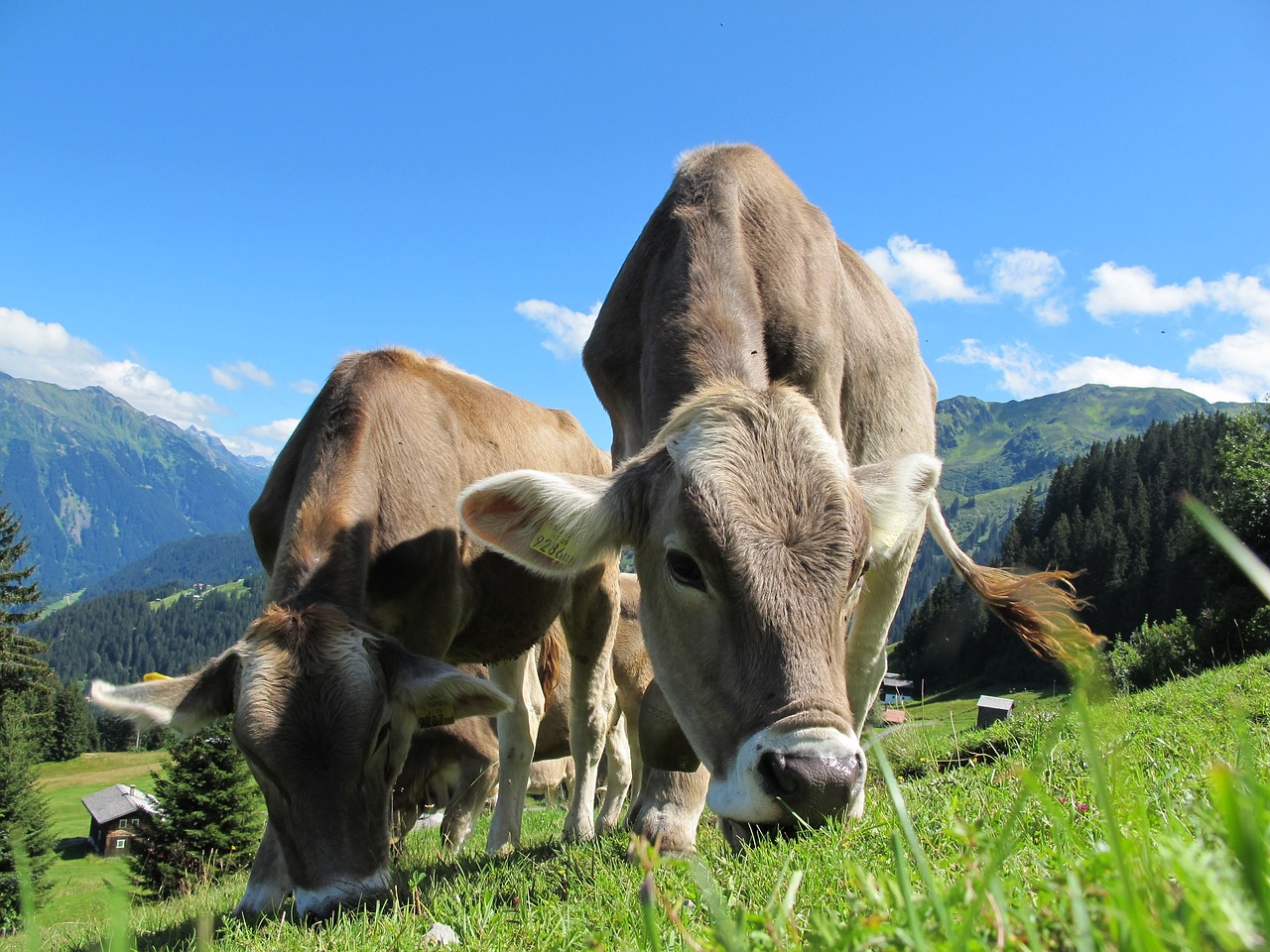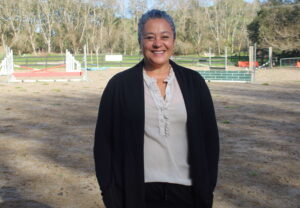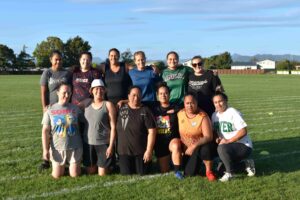COLUMN
This current mating season has seen a farm on the plains experience an outbreak of spontaneous humeral fractures.
The humerus is the upper forelimb bone between the elbow and the shoulder. At this stage, 4 per cent of the farm’s first lactation dairy heifers (R3s) have suffered from fractures with no signs of external trauma or accidental mishap to explain the cause of the breaks.
Spontaneous humeral fractures in first calving heifers are a known issue in the dairy industry with the first outbreak being reported in 2008. It seems to appear only on New Zealand dairy farms with our seasonal pastoral systems.
Though it has been an issue for 15 years now, we still didn’t have a full understanding of the disease process. The thought was that malnutrition/feed shortages, genetics and copper deficiency all have some level of effect in causing the disease.
Copper has an interesting part to play, while over half the affected animals are copper deficient, a good percentage of affected heifers had normal copper level. Heifers with broken legs also would not look like deficient animals who typically present with rough/dull coats, poor growth and low production.
A PhD study out of Massey University was published earlier this year with some further understanding of this disease process. A large number of leg bones collected from heifers with fractured humeri were compared to those of healthy heifers to see what differences occurred.
They found that all affected heifers were suffering from osteoporosis (pathologically thin bones). The bones of affected heifers also consistently had growth arrest lines present. These are physical lines in the bone that occur when bone growth has stopped for some time and then restarted. The presence of these lines indicates that these individuals have suffered a period of underfeeding/malnutrition during their first two years.
It is thought that a protein calorie deficit in particular is responsible for the growth arrest lines and subsequent weak bones.
Interestingly, they found that although many affected animals were copper deficient, these same individuals had higher levels of copper in their bones compared with unaffected animals. Copper is important in the formation of cross-bridges in bone, providing support.
The increase in copper is indicative of the heifers attempting to lay down bone quickly to add structural support to the thin bones, however, it’s poor-quality bone. It was thought that it was copper deficiency that was involved in causing the osteoporosis. It now appears that the copper deficiency is occurring as a result of the weak bones instead. Affected animals are using up their liver copper stores to make new bone in an attempt to provide additional structural support.
The biggest take-home message from this new research is that it’s one more reason why young stock need to receive good nutrition, particularly sufficient levels of protein to enable them to form good quality bones.
This is especially important going into summer as protein levels in pasture are at their lowest over the summer dry period. Another takeaway is that it’s important to assess the copper levels of young stock and not just that of the herd.
Young animals that are deficient in copper may be drawing copper into their bones in an attempt to strengthen them, forewarning possible problems once they enter the herd.
– Supplied by Franklin Vets





